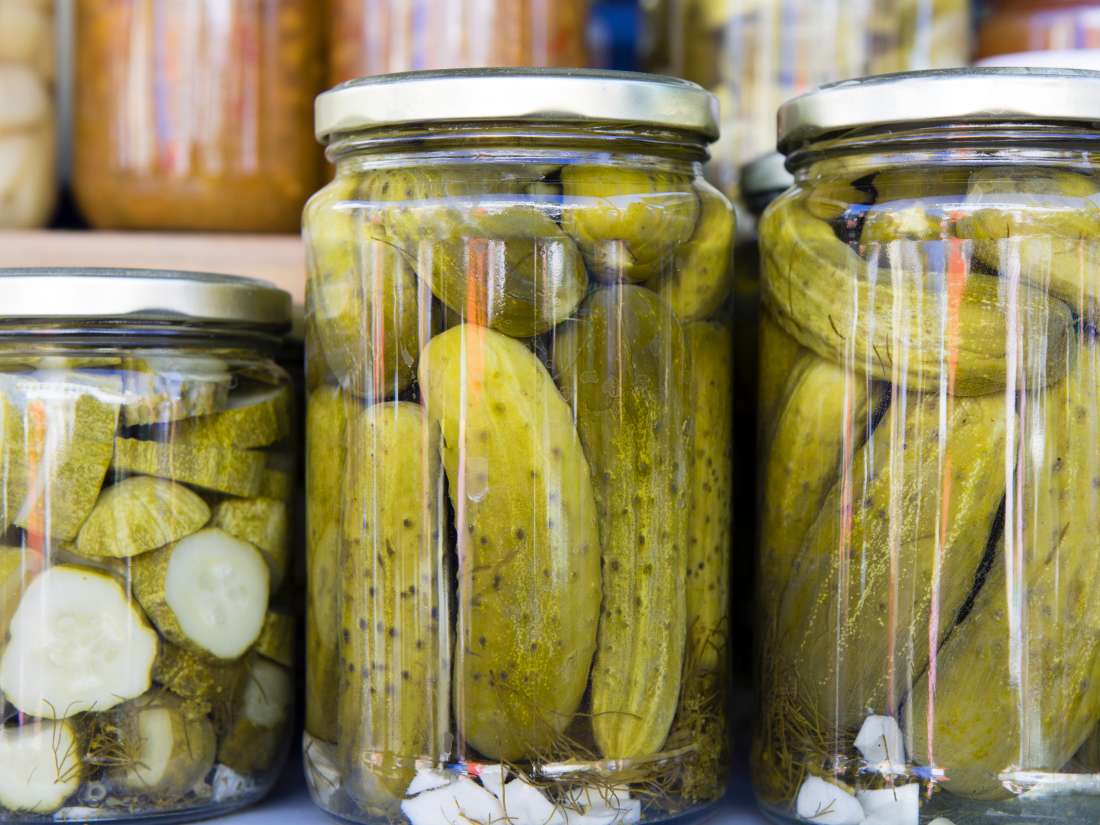
Fermented Pickles with Garlic and Dill 538
This post may contain affiliate links. Read my full disclosure policy. How to make manhattan-style fermented pickles with garlic and dill! an easy step-by-step guide to making the most flavorful, crunchy, tangy pickles full of healthy probiotics, with only 20 minutes of hands-on time! the pickle brine is like a “tonic” -drink a shot of it daily to help build immunity! video. What happens when people open their hearts? they get better. ~haruki murakami i’m excited to share this easy recipe for fermented pickles with you! if you are a crunchy pickle lover like me, you will be in heaven. Seriously, these are the best! these manhattan-style “half-sour” fermented dill pickles are crispy, crunchy, flavorful, and oh-so alive!. I absolutely love fermented cucumber pickles, they were probably what initially got me into fermenting, to begin with. I’ve been a pickle lover ever since i was a kid, and love all varieties, including canned vinegar pickles , refrigerator bread and butter pickles , and dill pickles. The main difference is that fermented pickles use saltwater brine and time to ferment, while other varieties are soaked and pickled in a vinegar solution and canned to be shelf stable. My mom makes awesome sweet bread
read more →
Ohio Stoneware 2 Gallon Kit
We love the variety of fermentation kits on the market, but we continue to adore the ohio stoneware 2 gallon crock kit for its timeless versatility, sturdy materials, good looks, and large capacity. Amazon as fermentation goes on, things tend to move around—especially if they’re bubbling in a brine or any amount of moisture. Solids can float to the surface and can be exposed to air (especially if you don’t use an air lock), which isn’t ideal. A simple solution? drop a weight on top. Glass weights come in various diameters, and they’re perfect for keeping items submerged in liquid. I don’t recommend metal, wooden, or other potentially porous materials for weights. For larger projects like miso or soy sauce, any recipe that features a mash, or even certain pickle recipes, stone weights are another great option to keep the solids submerged. Jillmo Fermentation Mason Jar Contents care • simple tools for fermenting vegetables - enough supplies for up to 4 fully equipped jars (9-pieces total) • make probiotic sauerkraut, pickles, kimchi & more - includes bonus recipe book to get started • materials include food-safe glass, silicone, and acacia wood • available in 2 sizes designed for wide mouth or regular
read more →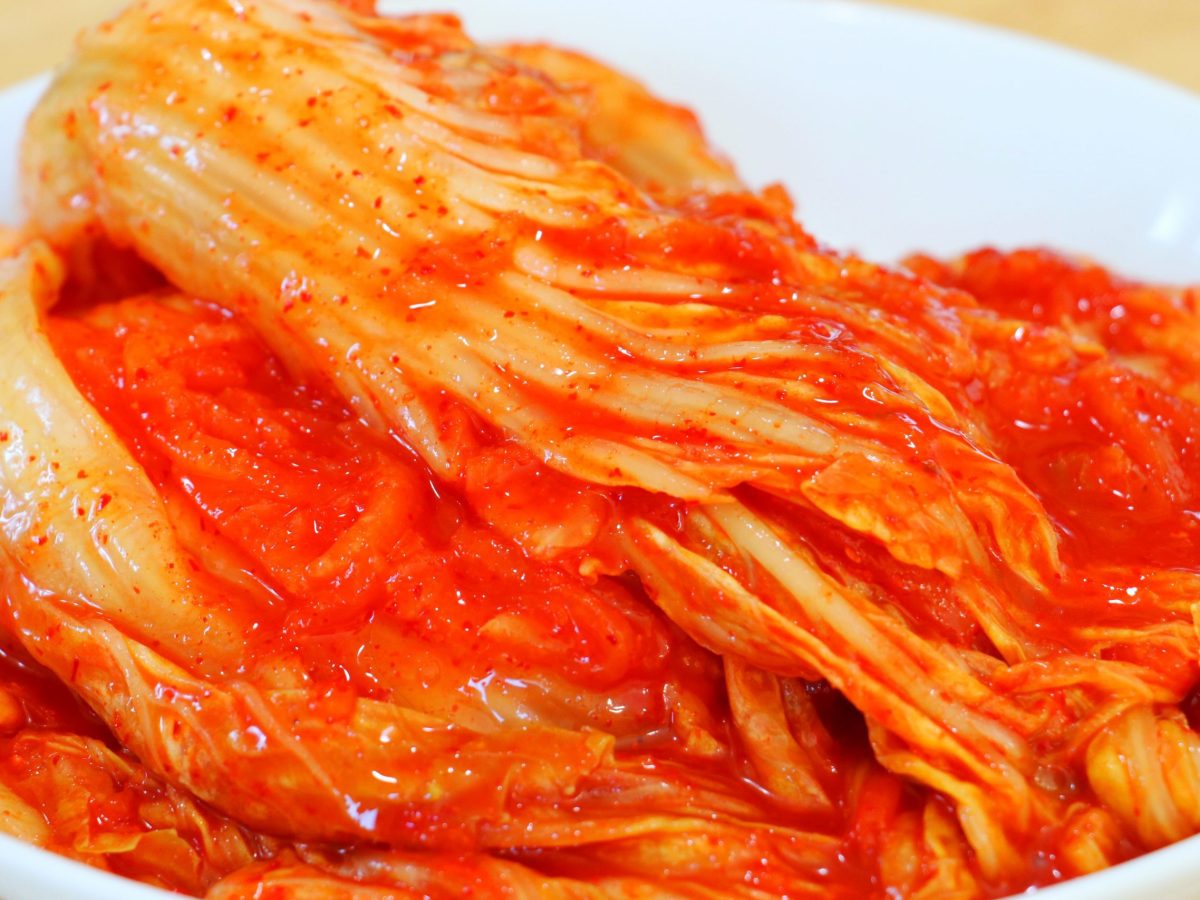
Kimchi Recipe (Napa Cabbage Kimchi) 816
Kimchi / kimchee (김치) is a traditional korean side dish made from fermented cabbage, radish, or cucumber. It is often categorized by the main vegetable ingredient used to make it. Kimchi is a staple food in korean cuisine. Most koreans have it with almost every korean meal at least once a day. The most popular kimchi includes baechu kimchi (made with napa cabbage, 배추김치), kkakdugi (made with radish, 깍두기), and oi kimchi (made with cucumber, 오이김치). Hello everybody! today i’m going to show you how to make classic, spicy, traditional napa cabbage kimchi called tongbaechu-kimchi, a. K. A. Baechu-kimchi or pogi-kimchi. But this dish is so common and iconic among koreans that we simply call it “kimchi. ” when people talk about kimchi, this is the side dish they’re referring to, despite the fact that there are many kinds of kimchi in korean cuisine , and many made with napa cabbage, too. Over the years i’ve posted recipes for a few of them, but i’ve never made an in-depth video for making tongbaechu-kimchi! i’ve made a video for mak-kimchi (easy kimchi recipe) , which is very similar but is easier because you to chop up the cabbage into bite size pieces
read more →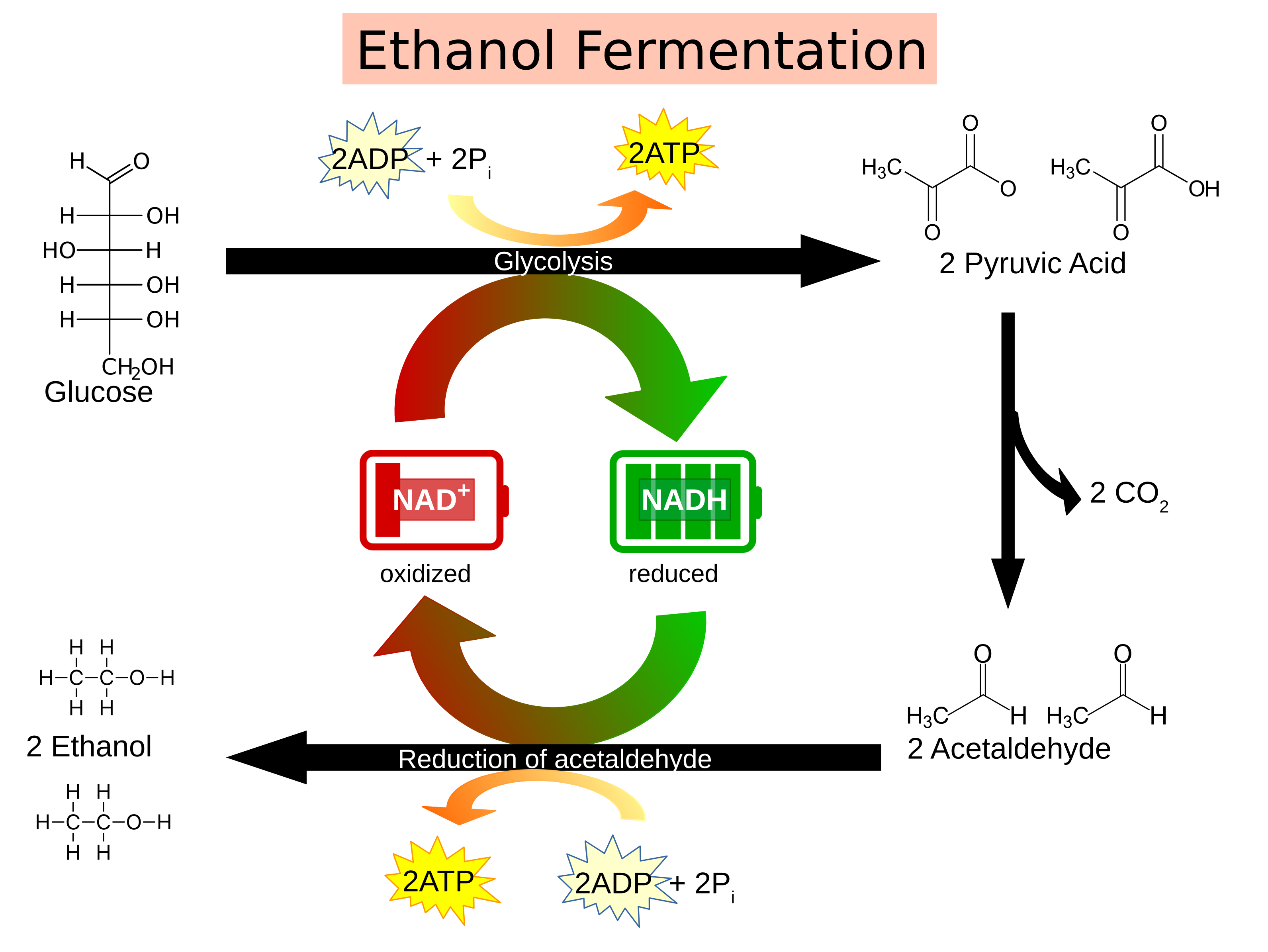
Products of fermentation [ edit ]
Stanbury, p. F. , whitaker, a. , and hall, s. J. “an introduction to fermentation processes. ” principles of fermentation technology, 3rd edition, butterworth-heinemann, elsevier ltd. , 2017, pp. 1–20. Hutkins, r. W. “bread. ” microbiology and technology of fermented foods, 2nd edition, john wiley & sons ltd, 2019, pp. 301–342. Lee, b. H. “yeast-based processes and products. ” fundamentals of food biotechnology, 2nd edition, john wiley & sons ltd, 2015, pp. 207–237. Hui, y. H. , et al. “fermented cereal products. ” handbook of food and beverage fermentation technology, marcel dekker, inc. , 2004, pp. 712–799. History of the use of fermentation [ edit ] Fermentation microbiology and biotechnology. Third edition. 3, illustrated, revised ed. Crc press; 2011. Prajapati jb, and nair bm. The history of fermented foods. Handbook of fermented functional foods, edited by farnworth er, 2nd ed. , crc press, 2017, pp. 1–22. Wang j, liu l, ball t, yu l, li y, xing f. Revealing a 5,000-y-old beer recipe in china. Proc natl acad sci u s a. 2016;113(23):6444-8. [ pdf ] breidt f, mcfeeters rf, perez-diaz i, lee ch. Fermented vegetables. Food microbiology: fundamentals and frontiers, edited by doyle mp and buchanan rl, 4th
read more →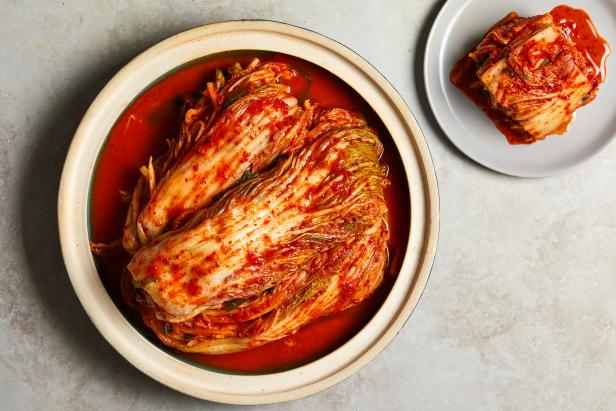
ระเบียงภาพ [ แก้ ] 606
Afrikaans العربية অসমীয়া فارسی suomi עברית हिन्दी ქართული қазақша ភាសាខ្មែរ မြန်မာဘာသာ nederlands ئۇيغۇرچە / uyghurche українська ייִדיש บทความ อภิปราย เครื่องมือ เครื่องมือ ย้ายเมนูไปที่แถบด้านข้าง ซ่อน อ่าน ทั่วไป หน้าที่ลิงก์มา การเปลี่ยนแปลงที่เกี่ยวโยง อัปโหลดไฟล์ หน้าพิเศษ ลิงก์ถาวร สารสนเทศหน้า อ้างอิงบทความนี้ get shortened url พิมพ์/ส่งออก สร้างหนังสือ ดาวน์โหลดเป็น pdf รุ่นพร้อมพิมพ์ ในโครงการอื่น วิกิมีเดียคอมมอนส์ วิกิตำรา จากวิกิพีเดีย สารานุกรมเสรี กิมจิ (คิมชี) กิมจิร่วมสมัยรูปแบบต่าง ๆ ชื่ออื่น ฮันกึล gimchi kimch'i ประเทศเกาหลี กิมจิ ( เกาหลี : 김치; ราชบัณฑิตยสภา : คิมชี) เป็นของกินตามประเพณีใน อาหารเกาหลี ประกอบด้วย ผัก เช่น ผักกาดขาว และ หัวไชเท้า ที่หมักดองด้วยเกลือและเครื่องปรุงอื่น ๆ เช่น ผงพริกที่เรียก โกชูการู ต้นหอม กระเทียม ขิง และอาหารทะเลหมักเค็มที่เรียก ช็อตกัล มักรับประทานเป็น เครื่องเคียง แทบทุกมื้อ และมักใช้เป็นส่วนผสมในอาหารประเภทต้มและตุ๋น กิมจินั้นมีหลายร้อยรูปแบบ ซึ่งทำด้วยผักที่ต่างกันออกไป ตามประเพณีแล้ว กิมจิมักเก็บไว้ในโอ่งดินขนาดใหญ่ที่เรียก องกี แล้วฝังไว้ใต้ดินเพื่อมิให้แข็งตัวในช่วงฤดูหนาว และเพื่อรักษาอุณหภูมิมิให้เน่าเปื่อยเร็วไปในช่วงฤดูร้อน โอ่งดังกล่าวบางทีก็เก็บไว้นอกบ้านตรงชานที่ทำขึ้นพิเศษ เรียกว่า ชังดกแด ส่วนในยุคปัจจุบัน หันไปใช้ ตู้แช่กิมจิ กันมากขึ้น ระเบียงภาพ[ แก้ ] กิมจิผักกาดขาว คิมชีจีแก แกงทำจาก. Etymology [ edit ] Etymology[ edit ] borrowed from korean 김치 (gimchi), ultimately composed within korea of chinese -derived morphemes 沉 (mc drim, “submerged, soaked”) and 菜 (mc tshojh, “vegetable”), i. E. "fermented vegetable". Doublet of kimuchi. Kimchi kimchi (usually uncountable , plural kimchis ) a korean dish made of vegetables, such as cabbage or radishes, that are salted, seasoned, and stored in sealed containers to undergo lactic acid fermentation. , pocket books, page 238: 2007, pamela goyan kittler, kathryn sucher, food and culture , cengage learning, page 5: 2011, gerald m. Weinberg, cantonese: 泡菜 (paau3 coi3) chinese: nominative possessive forms of kimchi (type risti) first-person singular possessor kimchi in wielki słownik języka polskiego, instytut języka polskiego pan kimchi in polish dictionaries at pwn. History [ edit ] Fermentation has been part of human diet since the prehistoric times. Kimchi is a korean culinary tradition with a 1,500 year recorded history, developed as
read more →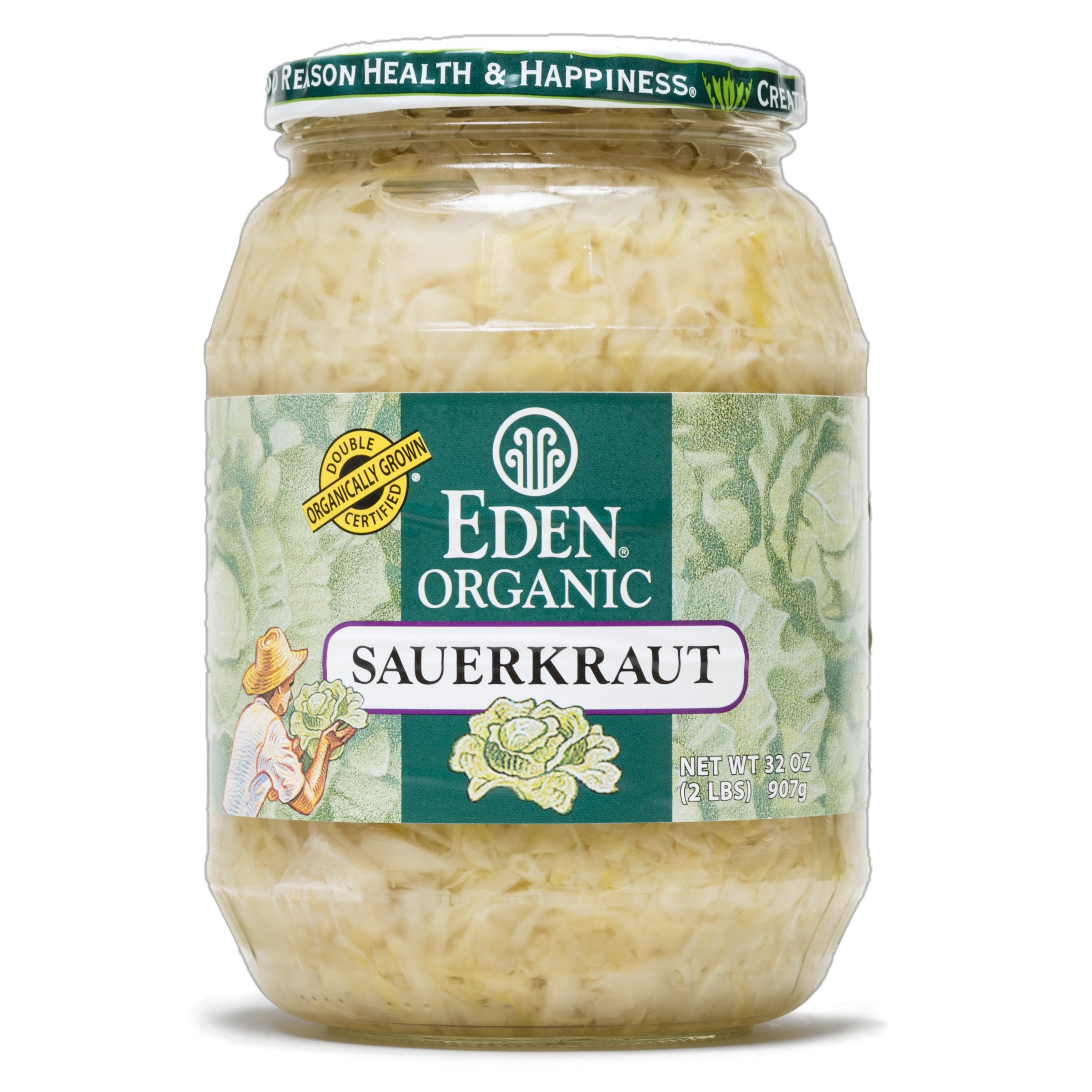
กรรมวิธีการหมัก [ แก้ ] 797
เซาเออร์เคราท์ใน โปแลนด์ (kiszona kapusta) ชื่ออื่น เครื่องปรุงรส แหล่งกำเนิด เยอรมัน ภูมิภาค ยุโรป ส่วนผสมหลัก กะหล่ำปลีหั่นดองจนมีรสเปรี้ยว รูปแบบอื่น มีอาหารที่คล้ายกันนี้ในเนเธอร์แลนด์ รัสเซีย และโปแลนด์ ชูครุตการ์นี อาหารฝรั่งเศสที่นำเซาเออร์เคราท์ไปปรุงกับไส้กรอกและผลิตภัณฑ์จากเนื้อหมูแบบอื่น ๆ เซาเออร์เคราท์ ( เยอรมัน : sauerkraut, ออกเสียง: [ˈzaʊ. Ɐˌkʁaʊt] ) เป็น อาหารเยอรมัน ชนิดหนึ่ง แปลตรงตัวว่ากะหล่ำปลีเปรี้ยว เป็นการดอง กะหล่ำปลี โดย แบคทีเรียที่ผลิตกรดแลกติก หลายชนิด ได้แก่ leuconostoc , lactobacillus และ pediococcus เก็บได้นาน มีรสเปรี้ยว ใช้ปรุงอาหารได้หลายชนิด โดยเฉพาะกับเนื้อและ ฮอตดอก เซาเออร์เคราท์ทำจากกะหล่ำปลีหั่นแล้วนำไปหมักกับเกลือ ใส่เม็ด ผักชี ใบเบย์ ผลเอลเดอร์ ยี่หร่า ฮอร์สแรดิช ใบเซโวรี กานพลู และเครื่องเทศอื่น ๆ ซึ่งแตกต่างกันในแต่ละท้องถิ่น นิยมรับประทานกับ ปลาเค็ม ไส้กรอก หรือหมูหมักเกลือ อาหารเยอรมันชนิดนี้ส่งอิทธิพลต่อ อาหารฝรั่งเศส ที่เรียก ชูครุตการ์นี ซึ่งเป็นกะหล่ำปลีดองเกลือเช่นกัน และยังพบอาหารที่ใกล้เคียงกันนี้ใน อาหารรัสเซีย และ อาหารโปแลนด์ ด้วย กรรมวิธีการหมัก[ แก้ ] ใส่ กะหล่ำปลี สดหั่นลงในหม้อ ทุบให้กะหล่ำช้ำจนกระทั่งน้ำภายในตัวกะหล่ำไหลออกมาจนท่วม เกลือที่ใส่ลงไปนี้จะทำให้คงสภาพจนกระทั่งเข้าสู่การหมัก ถ้าเป็น "ไวน์เซาเออร์เคราท์" ใส่ ไวน์ขาว ด้วยเล็กน้อย ใช้เกลือทะเลในการหมักโดยใช้เวลาประมาณ 4–6 สัปดาห์ กะหล่ำปลีถูกอัดและใช้น้ำหนักกดทับลงไป เดิมใช้หม้อดินเผาสำหรับการหมักเพื่อไล่อากาศออก ขณะเดียวกันก๊าซที่ได้ก็จะถูกกักเอาไว้ หม้อดินสำหรับทำกะหล่ำปลีดองมีร่องเพื่อให้น้ำไหลเวียน วางฝาปิดทับไว้ด้านบนให้แช่น้ำจนมิดเพื่อกันมิให้อากาศเข้า แรงกดจะช่วยดันให้ฟองอากาศออกมาภายนอก กระบวนการหมักจะแบ่งออกเป็น 3 ขั้นตอนดังนี้ ช่วงสามวันแรก ยีสต์และแบคทีเรียแอซีติก (ซึ่งมีอยู่เดิม) ใช้ออกซิเจนที่เหลืออยู่และผลิต เอทานอล กรดต่าง ๆ และ เอสเทอร์ ขึ้น สามวันถัดมา กลุ่มแบคทีเรียที่ผลิตกรดแล็กติกชนิด heterofermentative ได้เพิ่มจำนวนขึ้น ซึ่งใช้ในการถนอมอาหารหลายชนิด เช่น จุลินทรีย์ leuconostoc แบคทีเรียชนิดนี้จะสร้าง กรดแล็กติก กรดแอซีติก แมนนิทอล และ คาร์บอนไดออกไซด์ ค่า ph จะลดลง เอทานอลที่มีอยู่จะถูกแปรสภาพกลายเป็นกรดซึ่งเป็นส่วนประกอบของรสชาติที่สำคัญในเซาเออร์เคราท์ ยิ่งค่า ph น้อยลง ก็ยิ่งลดการเพิ่มจำนวนของจุลินทรีย์ลง แบคทีเรียที่ผลิตกรดแล็กติกนี้จะทำให้เกิดกรดแล็กติกที่มีความเข้มข้นเพิ่มขึ้นร้อยละ 2 และสามารถยับยั้งการเจริญเติบโตของพวกจุลินทรีย์ได้. How To Make Sauerkraut Sauerkraut is often one of the first fermentation project s recommended to curious diy-ers, and with good reason: it’s beyond easy to make, requires very little special equipment, and the results are dependably delicious. All you need to do is combine shredded cabbage with some salt and pack it into a container. You can use a crock if you have one and want to make a lot of sauerkraut, but a mason jar will do
read more →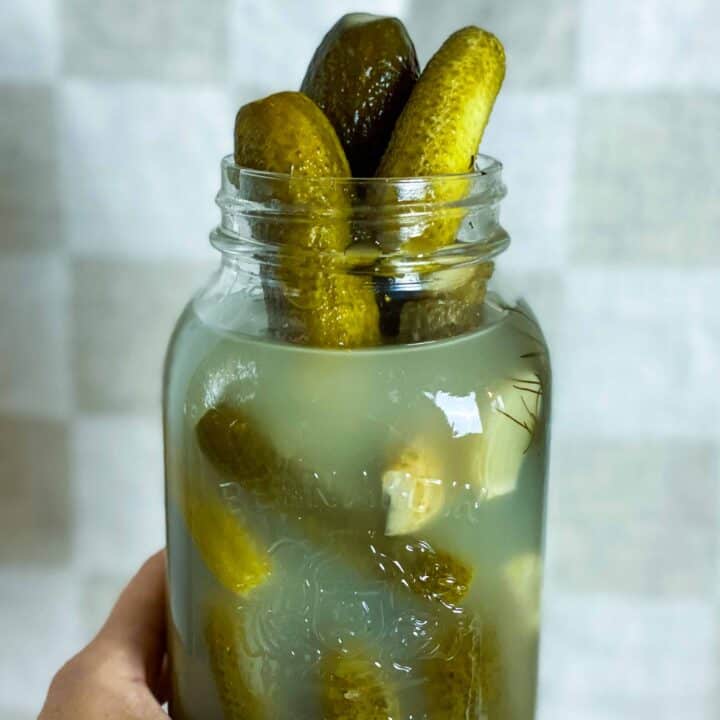
Homemade Fermented Cucumber Dill Pickles 324
I absolutely love fermented cucumber pickles, they were probably what initially got me into fermenting, to begin with. I’ve been a pickle lover ever since i was a kid, and love all varieties, including canned vinegar pickles , refrigerator bread and butter pickles , and dill pickles. The main difference is that fermented pickles use saltwater brine and time to ferment, while other varieties are soaked and pickled in a vinegar solution and canned to be shelf stable. My mom makes awesome sweet bread and butter pickles , and her dill pickles are to die for, but there is something to be said for traditionally fermented cucumber pickles. Step 1: wash the cucumbers, slice off 1/16 inch of the blossom end, and soak them in an ice bath for 15-30 minutes to firm and crisp them up. There are enzymes in the blossom end that can make your pickles soft, so be sure to remove them. Step 2: gather your fresh garlic and dill, and pickling spices. Because these fermented pickles are left whole, you want the brine to be extra flavorful. I add a lot of garlic… 10-15 cloves, sometimes 20! fermented garlic is really good for the
read more →
How to Make Sauerkraut: Traditionally Fermented Cabbage
Traditionally made from cabbage and a saltwater brine, sauerkraut is fermented for several weeks. Homemade sauerkraut is amazing and doesn’t resemble store bought at all, plus it’s easy and cheap to make and filled with probiotics. Let’s make homemade fermented sauerkraut!. The word sauerkraut means "sour cabbage" in german; it's naturally fermented cabbage. Natural fermentation is one of the oldest means of food preservation and it reduces the risk of foodborne illness and food spoilage. Traditional sauerkraut is different from canned and store-bought kraut because it is never heated. It uses a brine of natural juices from the cabbage and salt – never vinegar. The ingredients for fermented sauerkraut vary from recipe to recipe. Green cabbage is the most common ingredient (but red can also be used). Some recipes like to add spices, and you are more than welcome to mix and match based on your taste but for us, we go super simple in this recipe and include only 3 ingredients that will still produce the delicious classic sauerkraut taste. The only equipment you need is a fermenting jar (or fermenting lids for mason jars). Wondering what type of fermenting container to use for your homemade kraut? here
read more →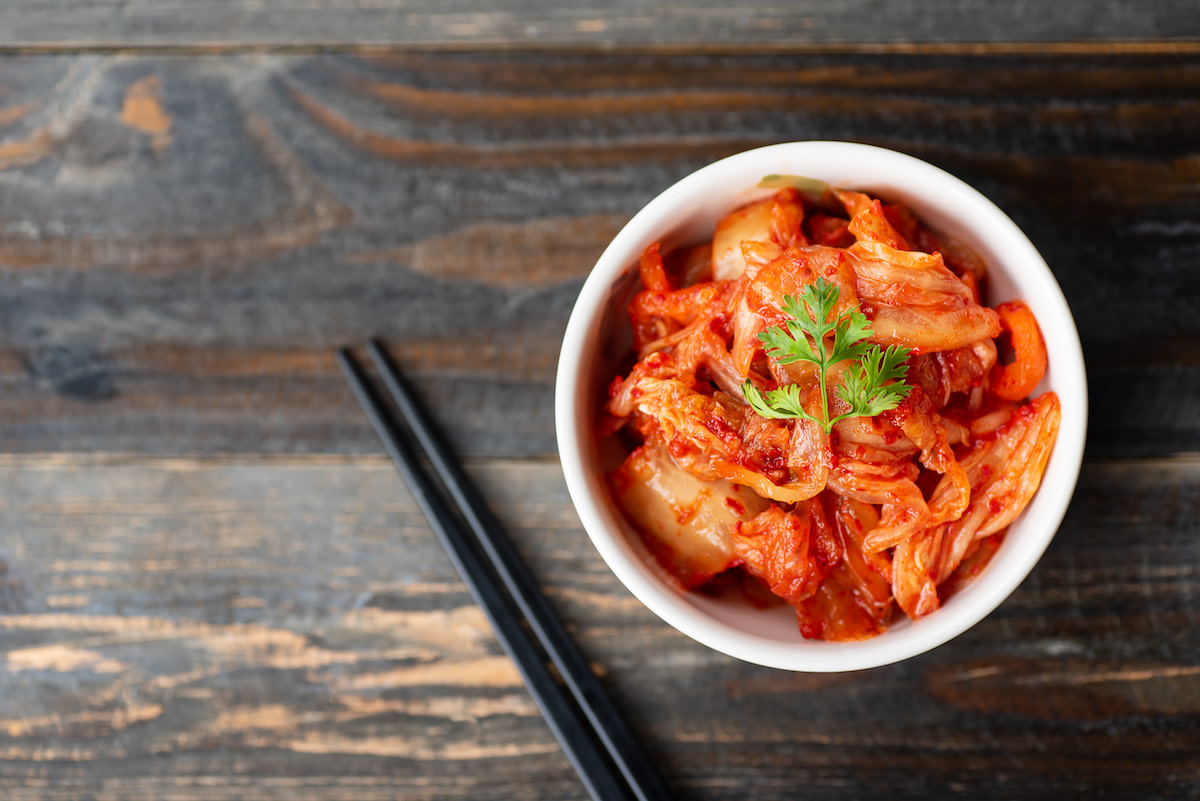
Etymology [ edit ]
Etymology[ edit ] borrowed from korean 김치 (gimchi), ultimately composed within korea of chinese -derived morphemes 沉 (mc drim, “submerged, soaked”) and 菜 (mc tshojh, “vegetable”), i. E. "fermented vegetable". Doublet of kimuchi. Kimchi kimchi (usually uncountable , plural kimchis ) a korean dish made of vegetables, such as cabbage or radishes, that are salted, seasoned, and stored in sealed containers to undergo lactic acid fermentation. , pocket books, page 238: 2007, pamela goyan kittler, kathryn sucher, food and culture , cengage learning, page 5: 2011, gerald m. Weinberg, cantonese: 泡菜 (paau3 coi3) chinese: nominative possessive forms of kimchi (type risti) first-person singular possessor kimchi in wielki słownik języka polskiego, instytut języka polskiego pan kimchi in polish dictionaries at pwn. History [ edit ] Fermentation has been part of human diet since the prehistoric times. Kimchi is a korean culinary tradition with a 1,500 year recorded history, developed as a means to preserve cabbage and other vegetables naturally through fermentation—like its distant cousin sauerkraut, or brined pickles. There is a certain mythical aura to kimchi if you ask any koreans. Long heralded as the “super food” of korea, many studies and findings in recent years associate kimchi’s unique attributes to numerous health benefits. Kimchi produces non-dairy probiotics, or “healthy bacteria,” that aids
read more →.PNG)
Anaerobic breakdown of molecules
What is the function of fermentation? fermentation enables cells to produce chemical energy from the breakdown of sugar, e. G. Glucose, without the help of oxygen. That gives anaerobic (obligate, facultative, or aerotolerant) organisms the advantage of thriving in anoxic (without oxygen) environments that would rather be harsh for aerobic organisms. Examples of anoxic environments are mud, soil, and hydrothermal vents deep under the sea. The anaerobic bacteria that can thrive in these environments are essential for their ecological niche. They ferment molecules to derive energy and, in return, they produce byproducts released into the environment. Their byproducts may be used by other organisms or may be returned to the environment as a form of nutrient cycling. Fermentation is an anaerobic breakdown of carbohydrates in which an organic molecules the final electron acceptor and does not involve an electron transport system. Fermentation is a partial breakdown of glucose producing only 2 net atp's per glucose by way of substrate-level phosphorylation, involves only glycolysis, and is found in anaerobic and facultative anaerobic bacteria. The overall reaction is glucose (6c) + 2 nad+ +2 adp +2 inorganic phosphates (pi) yields 2 pyruvate (3c) + 2 nadh + 2 h+ + 2
read more →